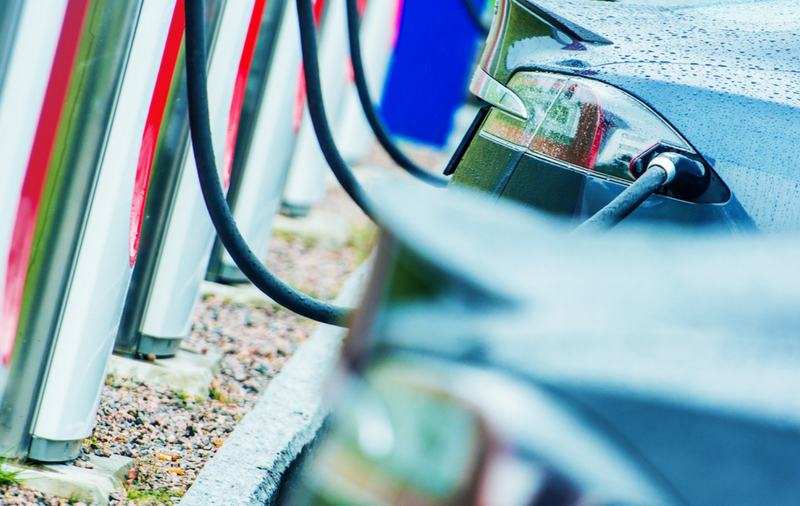Electric vehicles (EVs) are not big sellers in Australia yet. In 2016 we bought only 1,369 EVs, a drop from 1,771 in 2015. Even then, most were plug-in hybrids, rather than all-electric vehicles. Yet carmakers say the future is electric. Recent moves by countries like China and the UK to limit or ban petrol and diesel suggest it’s true.
Global pressure
Stanford University economist Tony Seba made an audacious claim that no petrol or diesel cars would be sold anywhere by 2025. Whether he is right or not, Norway has already set itself this target.
- Germany has called for a prohibition by 2030
- France and Britain will ban sales of petrol and diesel cars by 2040
- In China zero-emission vehicles must be 8% of total sales in 2018, 10% in 2019, and 12% in 2020.
Even a small percentage of total sales in China equates to millions of vehicles. It’s a sign to vehicle manufacturers that China is serious about reducing emissions to zero. But it also means 88% of vehicles in 2020 will not be zero emissions.
An alternative view
The mainstream press trumpets the demise of petrol and diesel. But manufacturers are still spending more of their budgets on the internal combustion engine (ICE). In public, as at the Frankfurt Motor Show 2017, they focus on all things electric. But most of their R&D is still geared towards internal combustion.
- Volkswagen is investing $30 billion in zero-emission vehicles over 12 years to 2030
- Yet its total annual R&D budget for 2016 alone was $17.5 billion
- Most manufacturers say EVs will be 15-25% of their vehicles by 2025-2030.
Currently in Europe, sales of EVs are up by 30% but they come from a low base of only 2% of the market. (An exception is Norway, which has a vigorous EV market.) It means manufacturers still need to put most of their investment into internal combustion.
Australian trends
In Australia, there are still relatively few signs we want electric vehicles. Of course, there are Tesla’s cars and its charging network. But manufacturers say both state and federal governments are way behind in their thinking. NSW and Victoria have no EV refuelling sites.
Queensland has moved ahead with a fast-charging network of 18 sites, costing $3 million, stretching from Cairns to the Gold Coast. It’s a start, but a small one in such an expansive country.
Opponents say Australia is not well suited to EVs, because the journeys are so long. Cars need long range batteries, and drivers need to be sure there are opportunities to charge when they are out in the bush. In fact, the ABS says most of us drove less than 30kms per day in 2016 and 99% of drivers drove less than 160kms a day. This is easily achieved on one charge.
So who’s making excuses? The truth of the matter is EVs are still too expensive. We need to be able to buy models under $60,000 and closer to $25,000. If we showed more interest in buying EVs, someone would build those charging networks in no time.


your opinion matters: